Astronomy 101: A Look at Saturn
Saturn is one of the most awe-inspiring planets of our Solar System. It is the farthest planet that can be seen with the naked eye, and the second-largest planet of our Solar System.
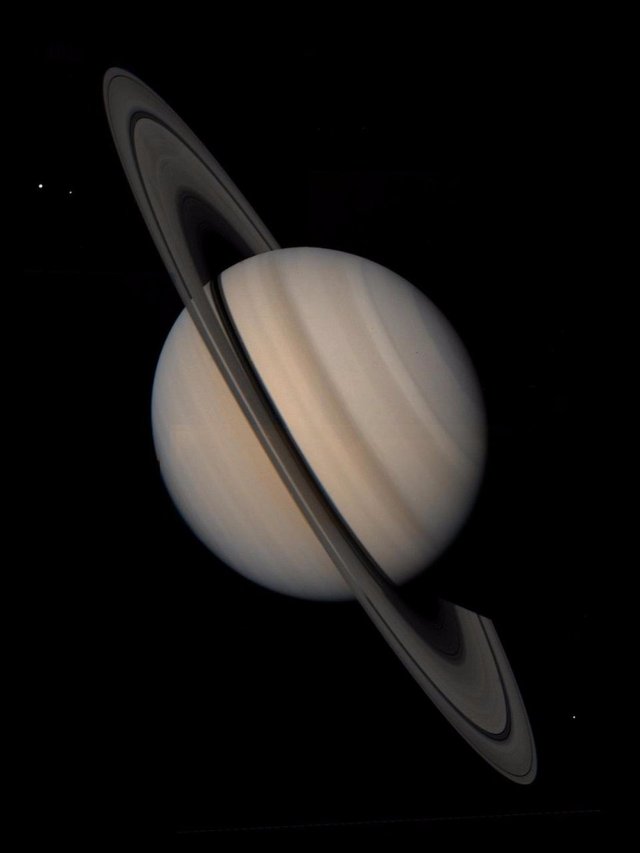
It takes 29,5 Earth years for Saturn to orbit around the Sun, and a single day on Saturn takes about 10 Earth hours, caused by the quick rotation of gasses on its surface. You could fit about 755 Earths inside Saturn.
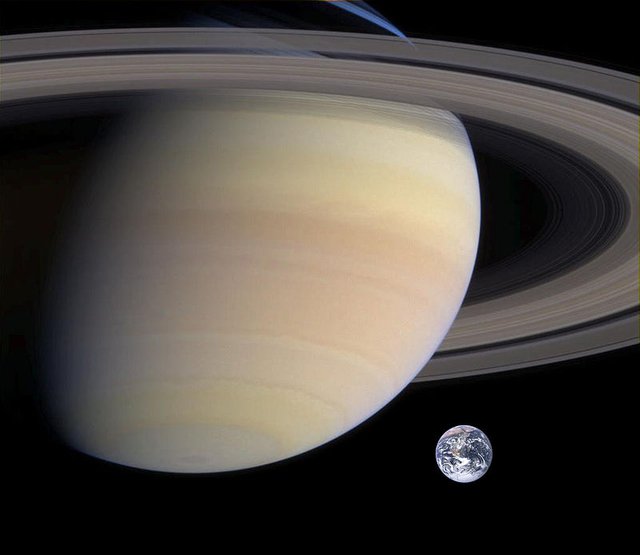
The atmosphere of Saturn is considered to be similar to the atmosphere of Jupiter. Most of the outside layers consists of hydrogen, and about 5% of helium. It's yellowish color is thought to be caused by higher quantities of sulfur. See the image below for a completer representation of what Saturn is made out of.
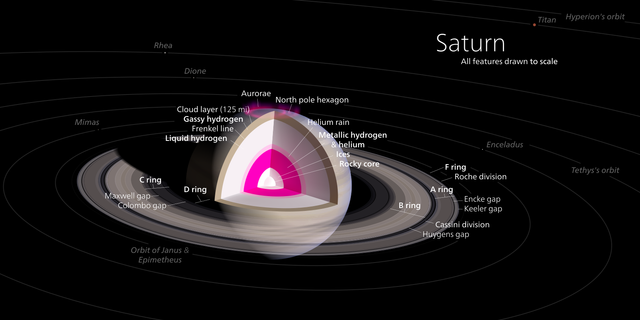
The rings of Saturn are thought to have been caused by a natural satellite coming too close to the planet, either crashing in it or being ripped apart due to tidal flexing caused by Saturn's immense gravity. Another theory says the rings may be remnants of Saturn's birth. Even though the very thin rings provide a beautiful display, all the material combined - mostly rock and ice - wouldn't create an natural satellite larger then 100 km (60 miles).
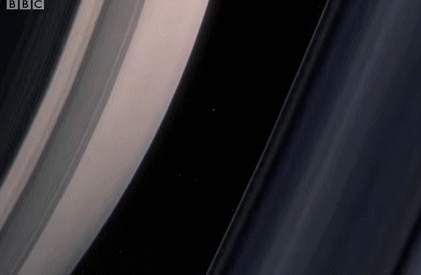
In 2004, Saturn’s aurorae was caught on photograph by the Hubble telescope. These are caused by a stream of charged particles from the Sun, colliding with various gasses at in the atmosphere around the magnetic poles of the planet.
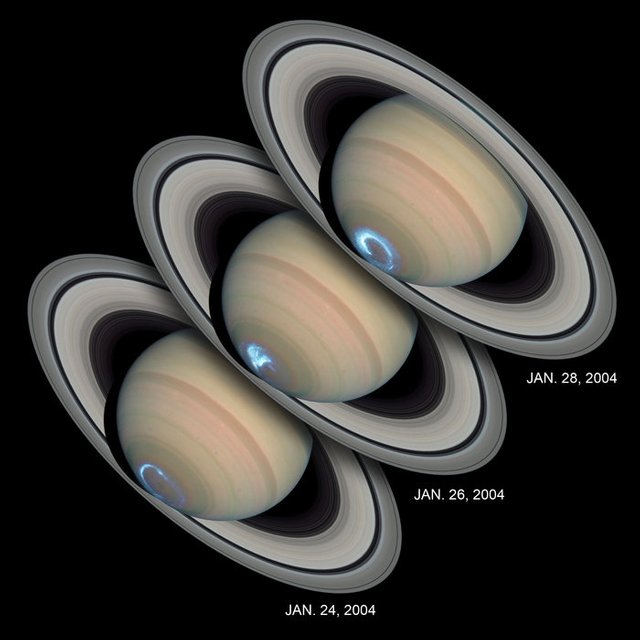
In the future, a joint NASA–ESA mission to Saturn and its largest moon - Titan- will be launched, with the date still unknown. We will talk more about Titan in our next post, as it deserves a story of its own. Be sure to follow!
good post...one thing though
Saturn's gravity is not 'immense'. It's less than Earth's.
The gem of the Solar System.